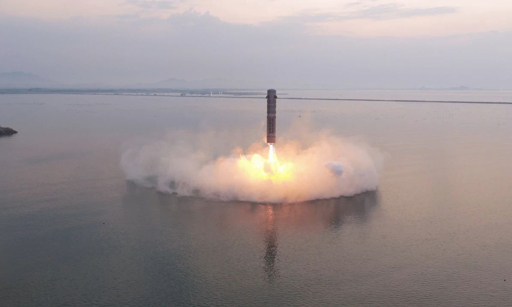This is seriously impressive work. They even seem to have done an in-flight full engine shutdown, and restart of at least one landing engine while in freefall. That’s a major engineering challenge.
Right, super exciting! Love to see resusable rocket competition finally, tired of SpaceX being the only company demonstrating reuse.
I’m super hopeful we’ll get another space race in the near future, fingers crossed China keeps up the awesome work and advancing quickly like they are.

I found a longer, more zoomed out video of the landing burn, looks very smooth and well controlled.
Gonna be funny if a Chinese company beats SpaceX in making this concept work.
SpaceX has gotten the first stage reusability pretty solidly down already in the Falcon, even the piece of shit Starship has demonstrated successful first stage recovery several times now.
It is extremely good for them not to be the only game in town in reusability any more though. Long March 9 is still too far off.
Yeah, I know they got Falcon working pretty reliably now, but they seem to be having a lot of trouble with Starship. My understanding this is closer to Starship in design. I’ve been following this channel, and I find it has pretty good updates on the state of Chinese space program.
The upper stage of the Starship is absolute dogshit that never works (and is kind of a misconceived design anyway for many of the same reasons and in many of the same ways as the Shuttle) but the first stage is reasonably functional and has successfully demonstrated landing and reuse.
Thanks for that channel, it looks very interesting.
Ah makes sense, I guess the first stage is not that different in nature from Falcon which works pretty reliably now.
Yeah, the two big differences between the F9 and starship first stages are the sheer number of engines that have to run right all at once and the catch tower.
The only previous rocket with that many engines was the N1 which famously struggled with getting them all to run together. SpaceX has a lot better computers available to them to handle that than the N1 designers did, and they have had first stage engine failures but they’ve managed to handle them without loss of vehicle.
The catch tower allows for significant weight savings (not just the weight of the legs themselves but also the internal structure to allow the rocket to be supported from the bottom with the tanks empty) and faster reuse than legs allow at the cost of needing to get your landing targeting extremely precise, which SpaceX has gotten a lot of practice with from the Falcon. The general availability of very fast computers helps here a lot too.
A lot of the Chinese companies developing reusable rockets are planning on catch towers too.
Next few years will be interesting to watch.
LOL.
What’s funny? This is cool!
They didn’t even blow it up or anything cool like that! Elon always blows them up.
Sure, but it’s cooler to not blow up and instead, actually succeed.
Not blowing up sounds cool but succeeding sounds too hot.
How many rockets did they have to blow up to do this? I hear that’s how you get the best data.




